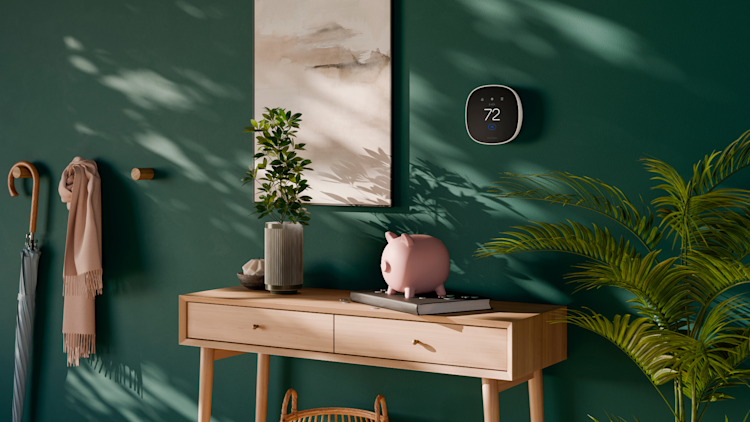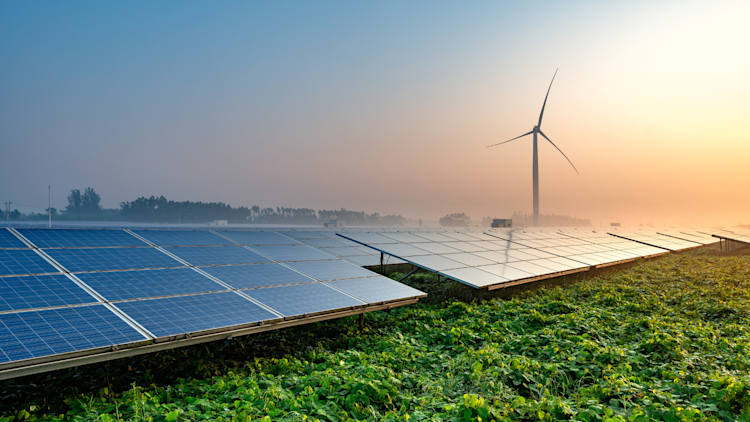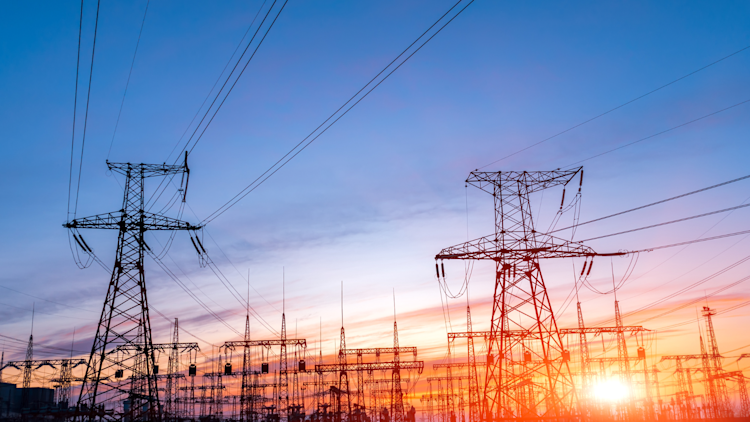What is Energy Poverty?
For Energy Awareness Month, we take a closer look at energy poverty and its wide-ranging impact. At ecobee, we’re working to help.
by ecobee on 10/06/2023 in Better Planet
4 min read

A growing number of people are struggling to keep up with the increased cost of living in North America. Rising inflation rates mean that folks are spending a bigger percentage of their paychecks on essential items like food and home supplies. They’re also putting more money into energy for their homes. Paying more to maintain the same standards you had before is a difficult pill to swallow. It’s forced some people to live in energy poverty.
This article will walk you through what energy poverty is, the way it impacts people, and the contributions ecobee is making to help combat the problem.

What is energy poverty?
Energy poverty is when individuals and communities lack access to the energy needed for everyday necessities because of cost. That includes heating, cooling, and energy for the home used to power lights and appliances. Some studies conclude that energy poverty should also account for the cost of gasoline used for transportation.

Who does energy poverty impact?
Households shouldering disproportionate home-energy costs are experiencing energy poverty. According to a study from CUSP (Canadian Urban Sustainability Practitioners), one in five Canadian households is affected by energy poverty. That means nearly 3 million homes are impacted. Statistics in the United States are more varied, with numbers varying from 8.6% all the way up to 33%. In both countries, energy poverty disproportionately affects marginalized communities. Higher rates of energy poverty were seen among racialized, recent immigrant, and Indigenous households.
What do those impacts look like? It can include the discomfort of living in an uncomfortably cold home, sacrificing essentials such as medication and groceries to meet energy costs, and potential disruptions from utilities abruptly being shut off, hindering activities like cooking or do essential work from home that requires electricity. As you might imagine, these factors can also cause a lot of stress, placing an overall burden on mental health.
One in five Canadian households is affected by energy poverty.
How ecobeee is helping to fight energy poverty.
Subsidized ecobee smart thermostats have helped more than 34,000 families lower their energy bills and fight energy poverty. We’ve partnered with organizations like Toronto Community Housing, where ecobee3 smart thermostats were installed in 776 apartments across four buildings, giving residents control of their heating for the first time ever.
The company has also contributed to Habitat for Humanity, offering free products for the homes they’ve built. With our ENERGY STAR® certified smart thermostats, ecobee users across North America can save up to 26% on their annual heating and cooling costs.* Those savings on energy costs mean that families have more money to spend on other essentials like groceries. That’s especially important for folks needing some extra help.
Plus, through ecobee’s Donate a Device program as part of ecobee Acts, its employees are able to donate a smart thermostat to a charity or non-profit of their choice once per year. This helps charitable organizations control their energy costs and, in cases where the device is used as a raffle prize or auctioned away, increase the funds that are available for their mission.
ecobee partnered with The Atmospheric Fund to help improve Toronto Community Housing’s buildings – making them more energy efficient and more comfortable for residents.
Other ways to combat energy poverty.
Most pathways to combatting energy poverty require large buy-ins on a societal level. Some of these ideas include retrofitting social housing buildings for improved energy efficiency and to consume energy from renewable sources, offering additional subsidies and tax credits to those who are unable to afford increased energy costs, and regulating energy costs in peak seasons. While these ideas can seem big, things like greener home grants and renewable energy tax credits show that they’re not only possible, they’re also popular.
As an ENERGY STAR Partner of the Year, ecobee has been recognized for its focus on improving access to energy-efficient products. ecobee has subsidized tens of thousands of thermostats through its income qualified program and partnerships with local housing organizations, cities, and NGOs to donate devices to community housing projects. We continue to find innovative ways to reduce carbon emissions, design products to stay in homes and out of landfills and improve access to sustainable products for families across North America.
* Compared to a hold of 22°C/72°F.
Did you enjoy this article?
Thanks for letting us know!






